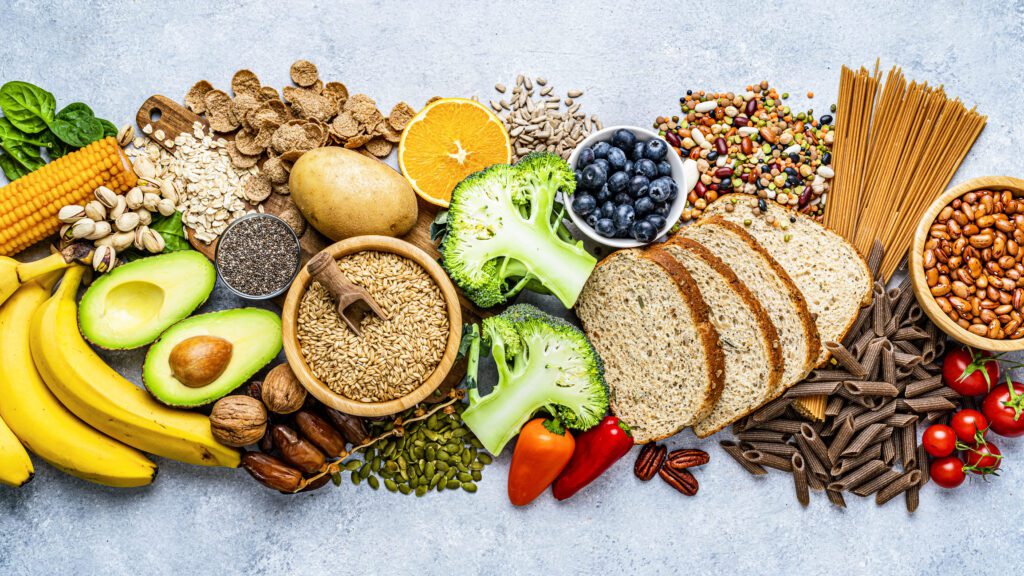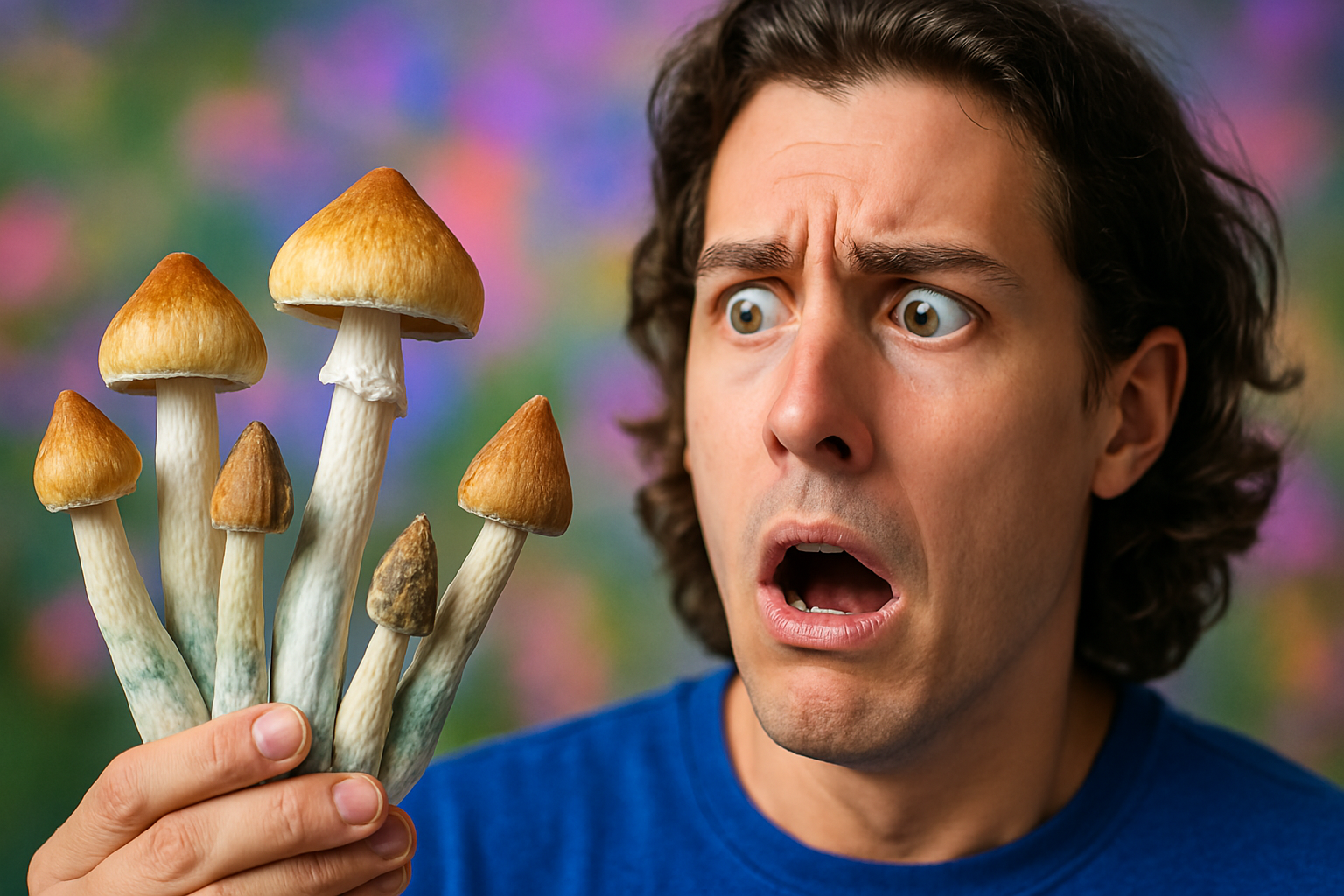Why Is Fiber Important?
Fiber is an essential nutrient that supports digestion, regulates blood sugar, and helps maintain a healthy weight. It comes in two forms: soluble fiber, which dissolves in water and helps lower cholesterol, and insoluble fiber, which adds bulk to stools and aids digestion. A diet rich in fiber has been linked to improved gut health, lower risks of heart disease, and better metabolic function.
Top Fiber-Rich Foods
Incorporating fiber-rich foods into your diet can enhance digestion and overall health. Below is a breakdown of some of the best sources of dietary fiber:
| Food | Fiber Content (per serving) | Health Benefits |
|---|---|---|
| Chia Seeds | 10g per ounce | High in soluble fiber, supports digestion, and promotes satiety. |
| Oats | 4g per cup (cooked) | Rich in beta-glucan, helps lower cholesterol and regulate blood sugar. |
| Lentils | 15g per cup (cooked) | Excellent plant-based protein source, supports gut health. |
| Black Beans | 15g per cup (cooked) | Promotes digestive health and stabilizes blood sugar. |
| Avocado | 10g per fruit | Contains both soluble and insoluble fiber, supports heart health. |
| Pears | 5.5g per medium pear | Helps prevent constipation and supports hydration. |
| Almonds | 3.5g per ounce | Rich in fiber, healthy fats, and supports weight management. |
| Brussels Sprouts | 4g per cup (cooked) | Supports gut bacteria and provides essential vitamins. |
How Much Fiber Do You Need Daily?
The recommended daily intake of fiber varies by age and gender. Here’s a general guideline:
- Women (19-50 years): 25g per day
- Men (19-50 years): 38g per day
- Women (50+ years): 21g per day
- Men (50+ years): 30g per day
Most people do not meet these daily fiber requirements, leading to digestive issues and increased risks of chronic diseases. Incorporating fiber-rich foods in every meal can help bridge this gap.
Tips for Increasing Fiber Intake
If you’re looking to add more fiber to your diet, consider these easy strategies:
- Start with Breakfast: Add chia seeds or flaxseeds to smoothies, or opt for oatmeal instead of processed cereals.
- Choose Whole Grains: Swap white bread, pasta, and rice for whole-grain alternatives.
- Eat More Legumes: Incorporate lentils, beans, and chickpeas into soups, salads, or side dishes.
- Snack Wisely: Opt for high-fiber snacks like almonds, popcorn, or fresh fruit instead of processed foods.
- Increase Vegetables: Aim to fill half your plate with fiber-rich vegetables at every meal.
Frequently Asked Questions
Can you eat too much fiber?
Yes, consuming excessive fiber too quickly can lead to bloating, gas, and digestive discomfort. It’s best to increase fiber gradually while drinking plenty of water.
Does fiber help with weight loss?
Absolutely! Fiber keeps you full longer, reduces appetite, and helps regulate blood sugar, making it an effective tool for weight management.
What’s the best type of fiber for digestion?
A mix of both soluble and insoluble fiber is ideal. Soluble fiber helps soften stools, while insoluble fiber adds bulk and promotes regular bowel movements.



